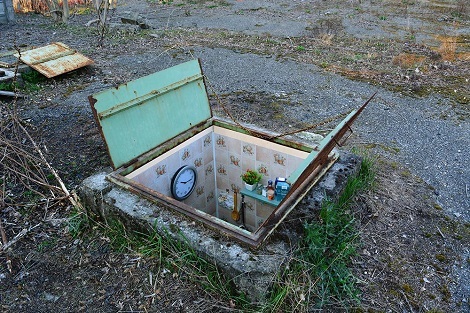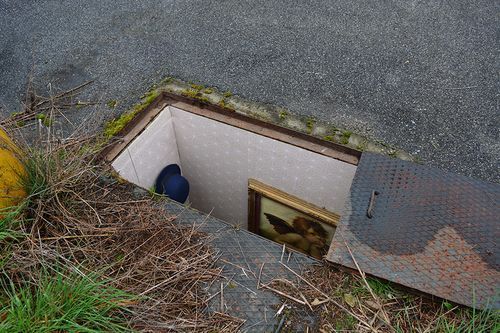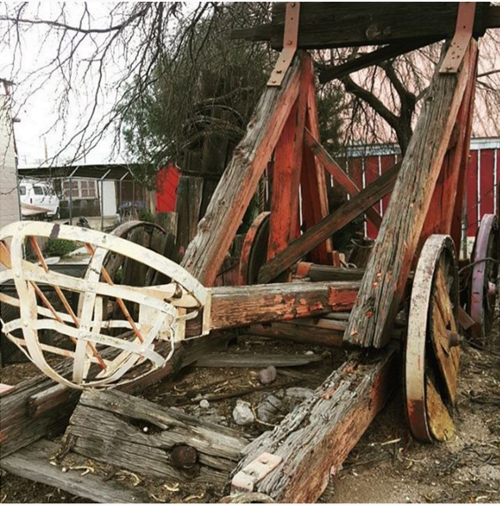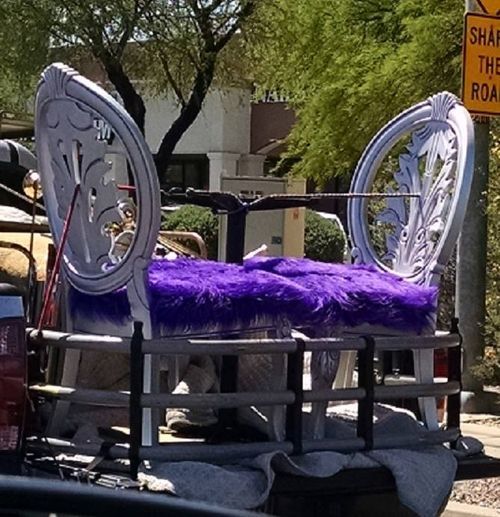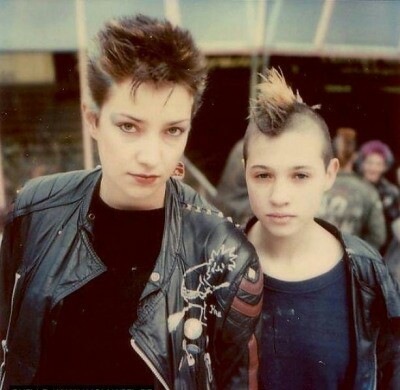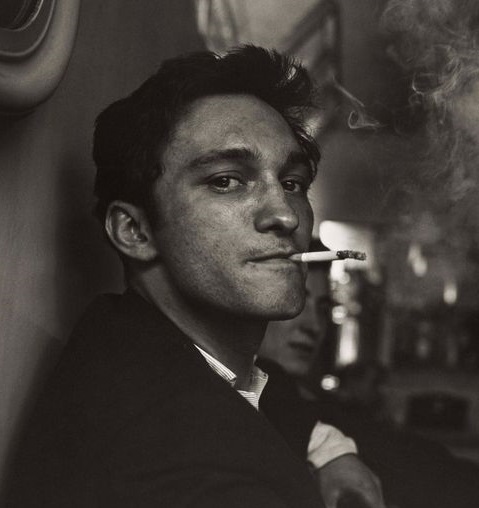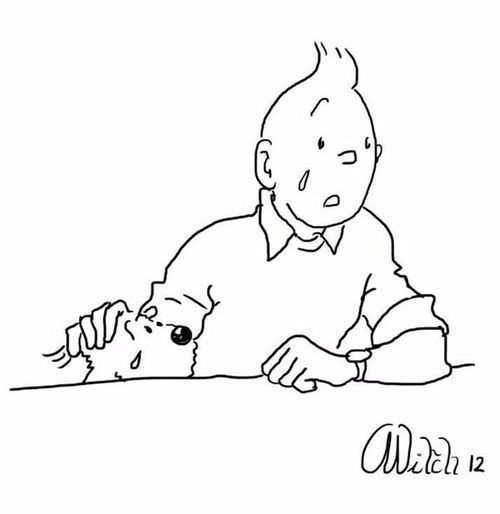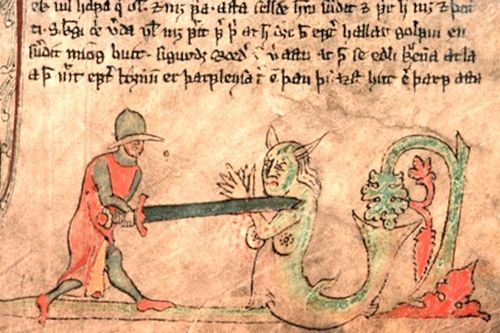Midori Snyder's Blog, page 35
April 21, 2016
Of Border Crossings and Mythic Journeys : Yuri Herrera
 I have just finished reading Signs Preceding the End of the World, by Mexican author Yuri Herrera and it is an amazing and haunting work. A young woman Makina is given a note from her mother to take to the older brother who has disappeared into the North. Along the way, Makina must navigate through a series of ambiguous helpers: the thug who mysteriously owes her mother, the trading of favors with a coyote, the strangers who pull her along the road, the rivers, and mountain passes, and then the cities themselves, full of mazes, flags, shops until -- almost miraculously, she arrives at a place to discover her brother, changed utterly.
I have just finished reading Signs Preceding the End of the World, by Mexican author Yuri Herrera and it is an amazing and haunting work. A young woman Makina is given a note from her mother to take to the older brother who has disappeared into the North. Along the way, Makina must navigate through a series of ambiguous helpers: the thug who mysteriously owes her mother, the trading of favors with a coyote, the strangers who pull her along the road, the rivers, and mountain passes, and then the cities themselves, full of mazes, flags, shops until -- almost miraculously, she arrives at a place to discover her brother, changed utterly.
The novel is short -- just nine chapters, but emotionally dense in spare, poetic language. Makina is a resilient heroine, at once navigating the world of people but equally sensitive to the changes in the landscape. When a sinkhole opens up in the street, swallowing an old man, a dog and a car, she reflects on the "earth's insanity" beneath her feet, sensing the crumbling holes left by the abandoned silver mines of a dying town, falling into itself. Tossed by violent currents while crossing the river, she ceases to struggle, and immediately the sound of the breaking water transforms into a green and peaceful silence. She sees the approaching mountains she must cross rising up, as two forces colliding, "crashing noisily against each other," and she is carried through the city on the exotic scents of spices and food pouring out of supermarkets and restaurants.
Makina's journey north is a rite of passage for this young woman -- but it is also an opportunity to describe multiple journeys and border crossings in the mix of different languages, those spoken at home, on the road, and in the cities, where words must be invented to adequately describe the new world. There are border crossings of cultures -- those of the traditional life of the past; those who are on the road moving forward to an unknown destination, shedding clothing and possessions along the way; and those who have arrived and dug in, embracing a new language, the veneer of a new culture, and sometimes disappearing altogether in a new identity.
It is a really remarkable novel; mythic and modern together. Poignant, full of loss and compensation, great beauty and frightening decay, excessive love and biting cruelty. And Makina, calm and brave, attentive to the changes in nature, in human beings, and in herself as she travels, makes for a remarkable guide.
**And do read the translator's notes at the end. Fascinating, about the difficulties of translating a work with such spare but evocative language, wrangling into English the nuances and invented words.
April 4, 2016
Secret Rooms Below Ground: Biancoshock
These are amazing, small art installations created to within abandoned manhole covers in Milan. The artist Biancoshock has said that these amusing pieces are also meant to point a larger problem of homeless people often living in extreme places, such as people in Bucharest living below ground in the sewers.
And in a strange way, they fit into the oddity that is Bordertown (these pieces are actually titled "Borderlife") -- and I had not until now, imagined a life in Bordertown that was below ground.
For more on the artist and too see more of his work in other cities as well, please visit his website: Biancoshock.
April 2, 2016
And the Airplane Over My Carport
Ok..good things come in threes -- so here is another neighbor who built the most amazingly huge sculpture of an airplane out of rusted iron and used it as a roof for the carport. The house was sold recently and now the plane flown off -- leaving me to marvel as to how in the hell he managed to move it. And where -oh- where is it now?
Keeping a Catapult in My Side Yard: Just in Case
Here's another Tucson moment to go with purple shag dinning chairs. Someone in my neighborhood has a catapult resting up (or maybe wearing down) in the side yard. Ok...why not?
Fantasy Chairs in the Back of a Pickup Truck
I saw these most amazing lavender chairs with purple shag seats in the back of a Tucson pickup truck. When the truck moved, the wind ruffled up the shag into restless purple waves. I am still trying to imagine where in the house the driver (a woman) placed them -- alongside the other furniture in her truck.
April 1, 2016
Eating Like A Hobbit
Read this wonderful article that combines a bit of cultural history, literary meals, and receipes that will make you salivate, stock up on ingredients, and start to cook something new every day. I know I will be for the next month.
Art: "A Unexpected Party" by John Howe. Visit his website to see more terrific art based on Tolkien's work.
March 26, 2016
Born and Bred in Bordertown
Returning to new work on the Bordertown series -- my hope is to add two new novellas, and combine those with slightly edited versions of the three I long ago contributed to the series, to make the body of the work feel organically interconnected. All of the protagonists thus far in my stories were born in Bordertown, which is different from the recent edition Welcome to Bordertown where many of the stories were more about the immigration of teens into the fantastic city. (And I think says so much about the second generation of writers --who once were readers of the stories -- looking for a literary entrance into Bordertown.)
All this has led to me to focus on a few factors about the realities of being born in Bordertown, and the nature of the geography of Bordertown, its expansion and shrinking, its appearing and disappearing, its maze of streets that sometimes go missing, its clock that tells time in a time zone all its own. This isn't so much because I want to explain these mysteries -- but use them more as expressions of unstable identities which underlie most of the Bordertown tales.
For me, the most important character in Bordertown has always been the city itself. By its very unmooring from the normal physics of space and time, it is fluid, changeable, much like adolescence which propels a child into adulthood but not without bouts of disrupting turbulence. Children born in Bordertown grow up with their feet planted on shifting ground, and they roll with it. And unlike the runaways from the world who enter the city, the "born and breds" have no such mixed alliegences, no families and friends abandoned behind in another world. But what they do have is an innate sense of the shifting of the city, the slow rolling tides beneath the stones, the timeslips, and instability that is held together by an unknowable force.
As I was there when Bordertown was being formed, which offered an early origin story of the "when it all changed," my first stories reflected that in the ambiguity of the adults (both human and fantastic) in the background. Many of them seem to have a foot in both worlds, a "before," where their offspring have only a "here." Even the elvish kids who can travel back and forth from their exclusive home, regard Bordertown as an extension of their backyard -- a grubby suburb they've always had, where they can escape the cloistered beauty of their parent's world. It may be this sense of ownership that has often set up the turf conflicts in the gangs of Bordertown.
I have an inkling of where all this thinking is taking me in the new Bordertown stories -- though I am still trying to "feel" my way through the soles of my feet. It's been a fun process, and even more so to see the older stories take on new layers of meanings.
**For those not familiar with the Bordertown series, founded by Terri Windling back in the 1980s-- this link to a comprehensive B-town website should fill in some of the gaps.
Photos: Vintage photo of Skater, Vintage photo of Punk Girls, "Finsbury Park, 1958" by Donald McCullin,"Childhood Memory: by Gizem Karayavuz.
March 22, 2016
Again We Mourn
Icleandanic Sagas, The Role of the Dead and the Life of the Landscape
Here are two really fascinating and remarkable takes on the traditions of the Icelandic Sagas. The first is a short, documentary film created by (then graduate student, now a professor) Emily Lethbridge, at Cambridge University, revealing the relationship between the landscape, as the context and texture of the ��slendingas��gur, the sagas of Iceland. It's a beautiful and chilly film, but it demonstrates how people living in those locations of the sagas still talk about the events as if they occurred yesterday. And those startling and stark views of the land -- just remarkable.
And for another take on the Medieval sagas, here is a terrifc paper I came across that I really enjoyed reading : The Role of the Dead in Medieval Iceland: A Case Study of the Erybyggja Saga, by Kirsi Kenerva. It's an interesting study on the presence of the undead who appear with the seeming purpose to commit violence against the living-- but whose acts function to uncover social wrongs in the community that must be corrected. The restless dead take a variety of shapes, including a really creepy disembodied seal head that rises from the floor boards and devours the cache of dried fish in the storeroom. The hero is at the center of the social upset -- a bastard son with no father -- he can only move through a rite of passage to adulthood, if he can confront the dead, and use the law ( and what a strange trial it is) to address the grievances. I was unaware of the connections between the Icelanders and the Irish -- who also figure in this tale. A reminder to me of all the traveling between these sea going people -- bound together by the Vikings.
Here's the abstract:
"The article concerns the ghost story of Eyrbyggja saga, the so-called ���wonders of Fr��������� (Fr������rundr), and examines the symbolic meanings of this episode as they were interpreted in medieval Iceland. The analysis presupposes that, although the restless dead could be understood as ���real��� by medieval readers and as part of their social reality, the heterogenic nature of the audience and the learning of the writers of the sagas made possible various interpretations of the ghost-scene, both literal and symbolic. It is argued that the living dead in Eyrbyggja saga act as agents of order, whose restlessness is connected to past deeds of those still living that have caused social disequilibrium. In Fr������rundr these actions involve expressions of disapproved sexuality and birth of offspring with indeterminate social status. For the ghost-banisher the hauntings represent an opportunity to improve his own indeterminate status."
Icleandanic Sagas, The Role of the Dead and the Life of Landscape
Here are two really fascinating and remarkable takes on the traditions of the Icelandic Sagas. The first is a short, documentary film created by (then graduate student, now a professor) Emily Lethbridge, at Cambridge University, revealing the relationship between the landscape, as the context and texture of the ��slendingas��gur, the sagas of Iceland. It's a beautiful and chilly film, but it demonstrates how people living in those locations of the sagas still talk about the events as if they occurred yesterday. And those startling and stark views of the land -- just remarkable.
And for another take on the Medieval sagas, here is a terrifc paper I came across that I really enjoyed reading : The Role of the Dead in Medieval Iceland: A Case Study of the Erybyggja Saga, by Kirsi Kenerva. It's an interesting study on the presence of the undead who appear with the seeming purpose to commit violence against the living-- but whose acts function to uncover social wrongs in the community that must be corrected. The restless dead take a variety of shapes, including a really creepy disembodied seal head that rises from the floor boards and devours the cache of dried fish in the storeroom. The hero is at the center of the social upset -- a bastard son with no father -- he can only move through a rite of passage to adulthood, if he can confront the dead, and use the law ( and what a strange trial it is) to address the grievances. I was unaware of the connections between the Icelanders and the Irish -- who also figure in this tale. A reminder to me of all the traveling between of these sea going people -- bound together by the Vikings.
Here's the abstract:
"The article concerns the ghost story of Eyrbyggja saga, the so-called ���wonders of Fr��������� (Fr������rundr), and examines the symbolic meanings of this episode as they were interpreted in medieval Iceland. The analysis presupposes that, although the restless dead could be understood as ���real��� by medieval readers and as part of their social reality, the heterogenic nature of the audience and the learning of the writers of the sagas made possible various interpretations of the ghost-scene, both literal and symbolic. It is argued that the living dead in Eyrbyggja saga act as agents of order, whose restlessness is connected to past deeds of those still living that have caused social disequilibrium. In Fr������rundr these actions involve expressions of disapproved sexuality and birth of offspring with indeterminate social status. For the ghost-banisher the hauntings represent an opportunity to improve his own indeterminate status."
Midori Snyder's Blog
- Midori Snyder's profile
- 87 followers


